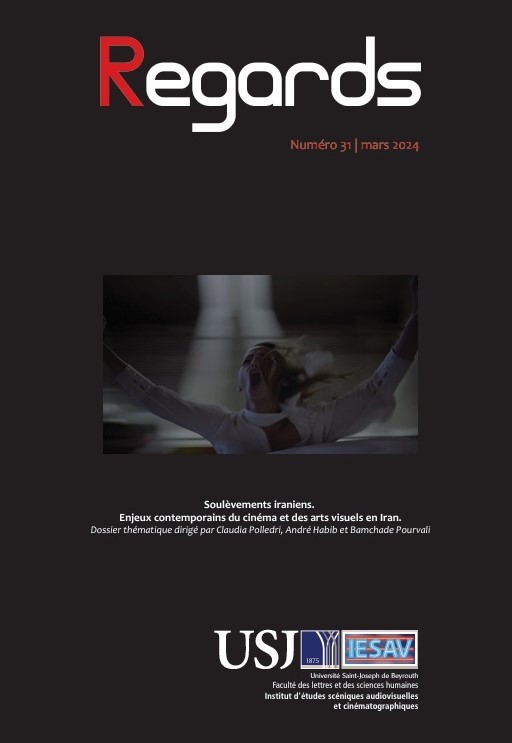Abstract
The Islamic Revolution of 1979 represented a turning point for Iranian photography. Defining the characteristics of this historic moment, which intersects the country’s history with that of photography, is an arduous undertaking, as the links, practices and relationships that weave themselves between images and events are always multiple. The Darabi collection of photographic books (1979-1981) offers us an extraordinary gateway to these questions. Our aim is to show that this new type of publication, far from being a simple publication medium, becomes a veritable place of experimentation, where photography dialogues with other visual forms. Above all, we’ll see that the photographic book makes a significant contribution to the development of auteur reportage, by offering images a platform for circulation outside the mainstream press. It is precisely this encounter, between the form of reportage and the format of the book, that we propose to study here, based on a selection of works from this collection.

